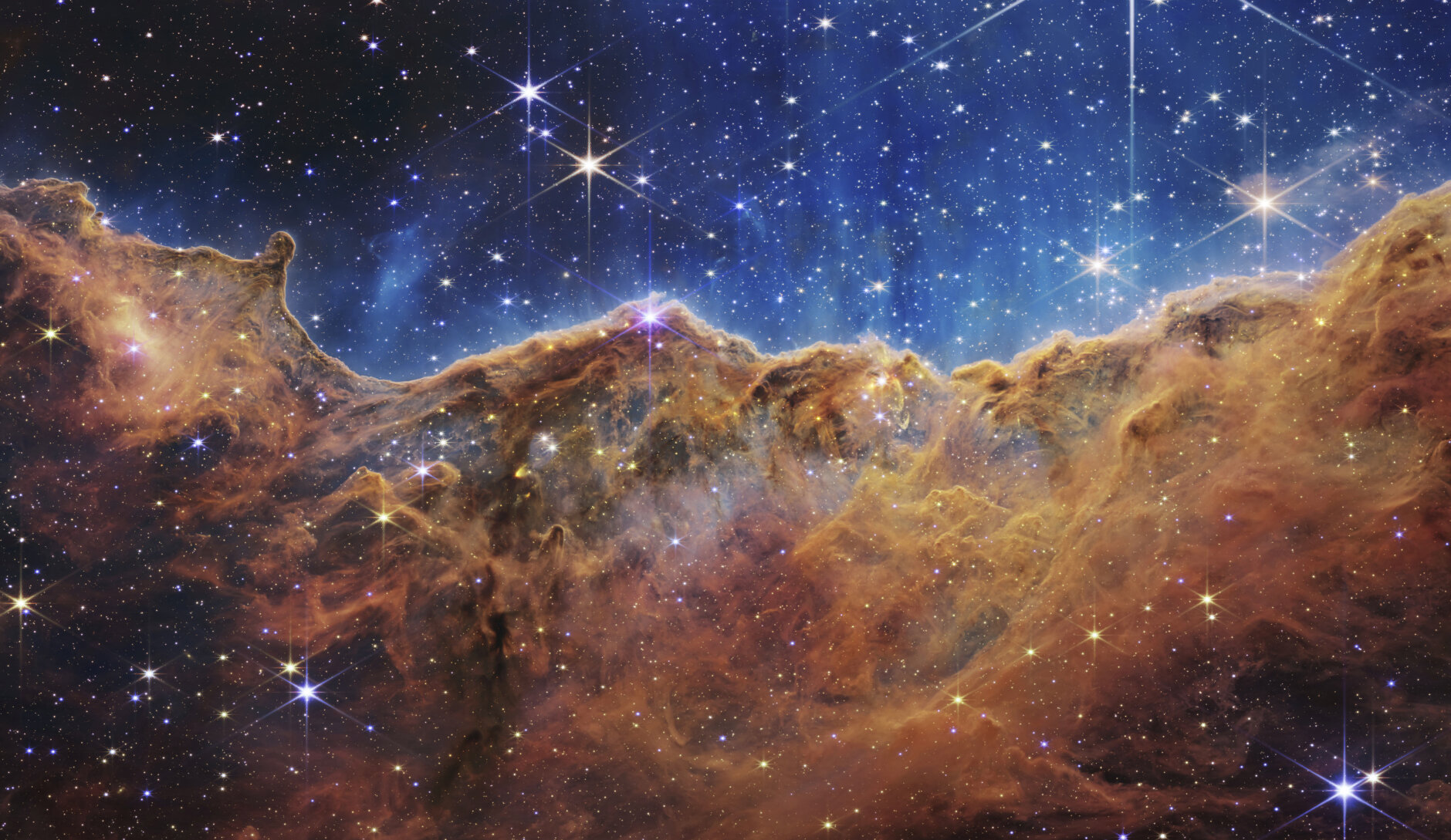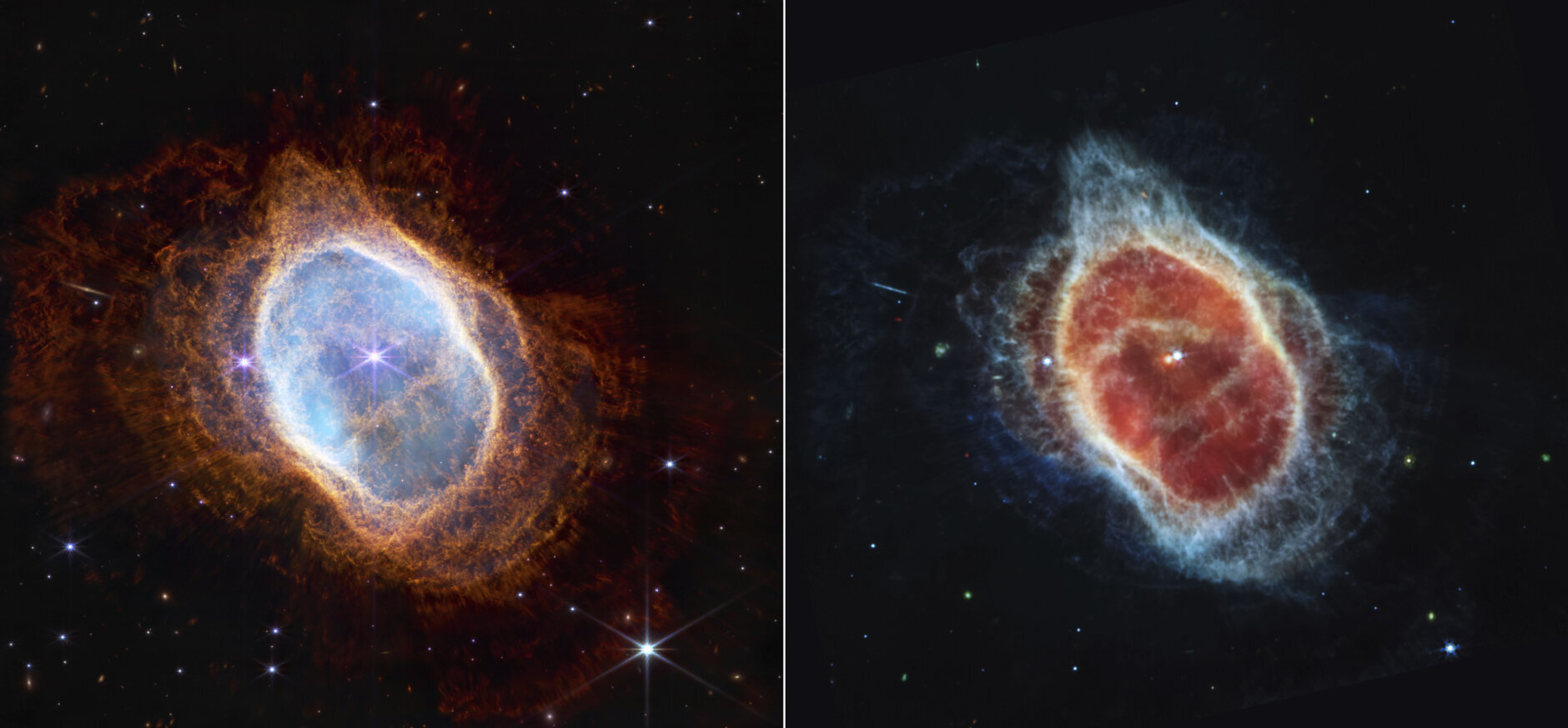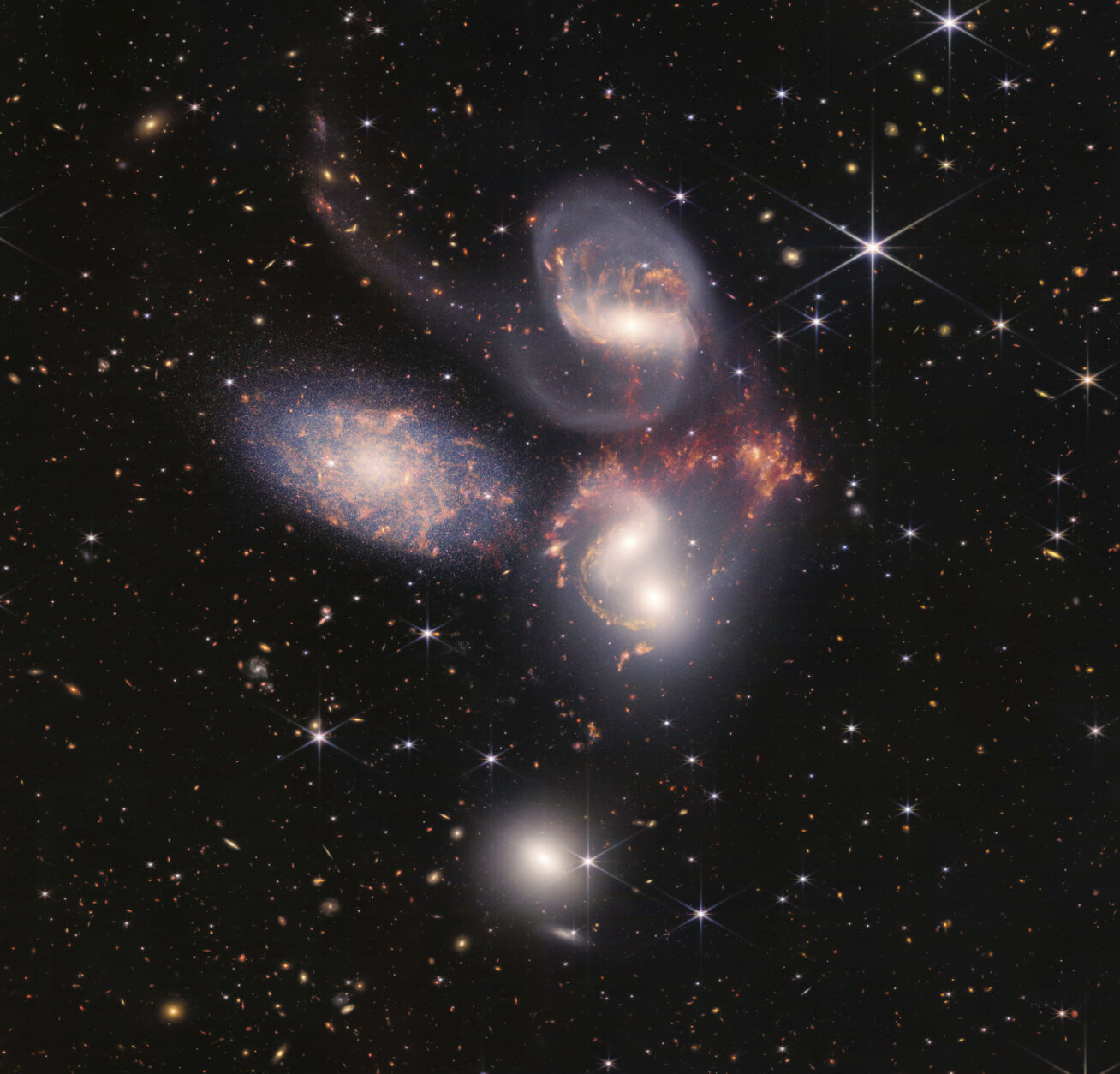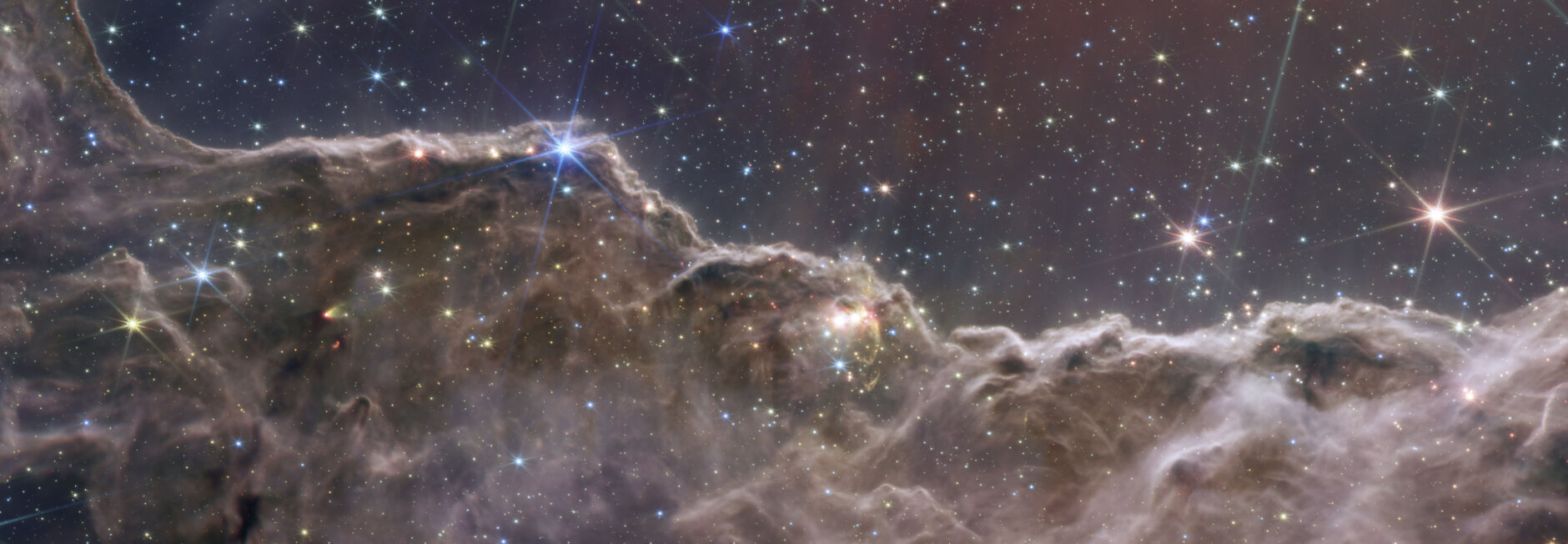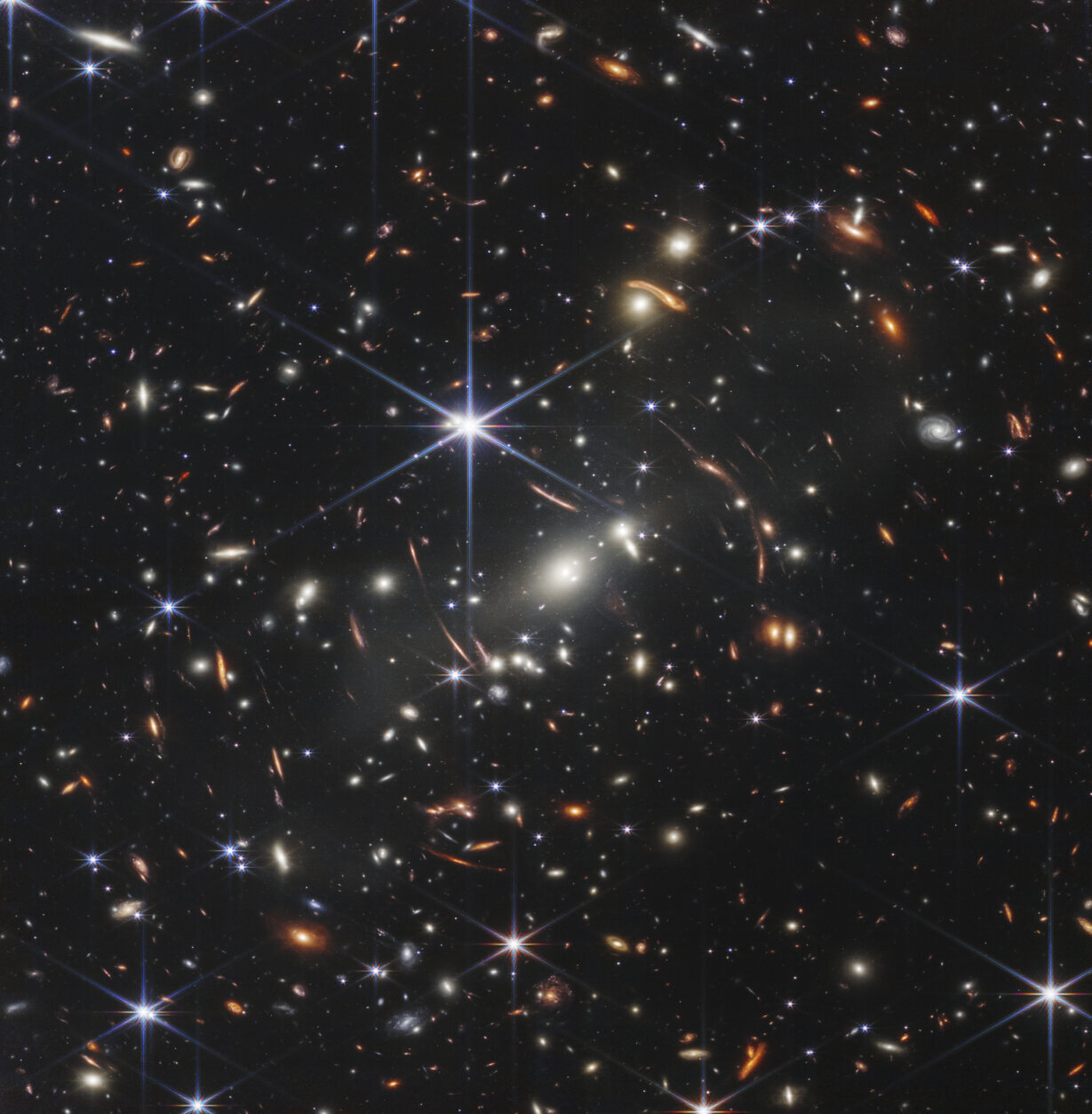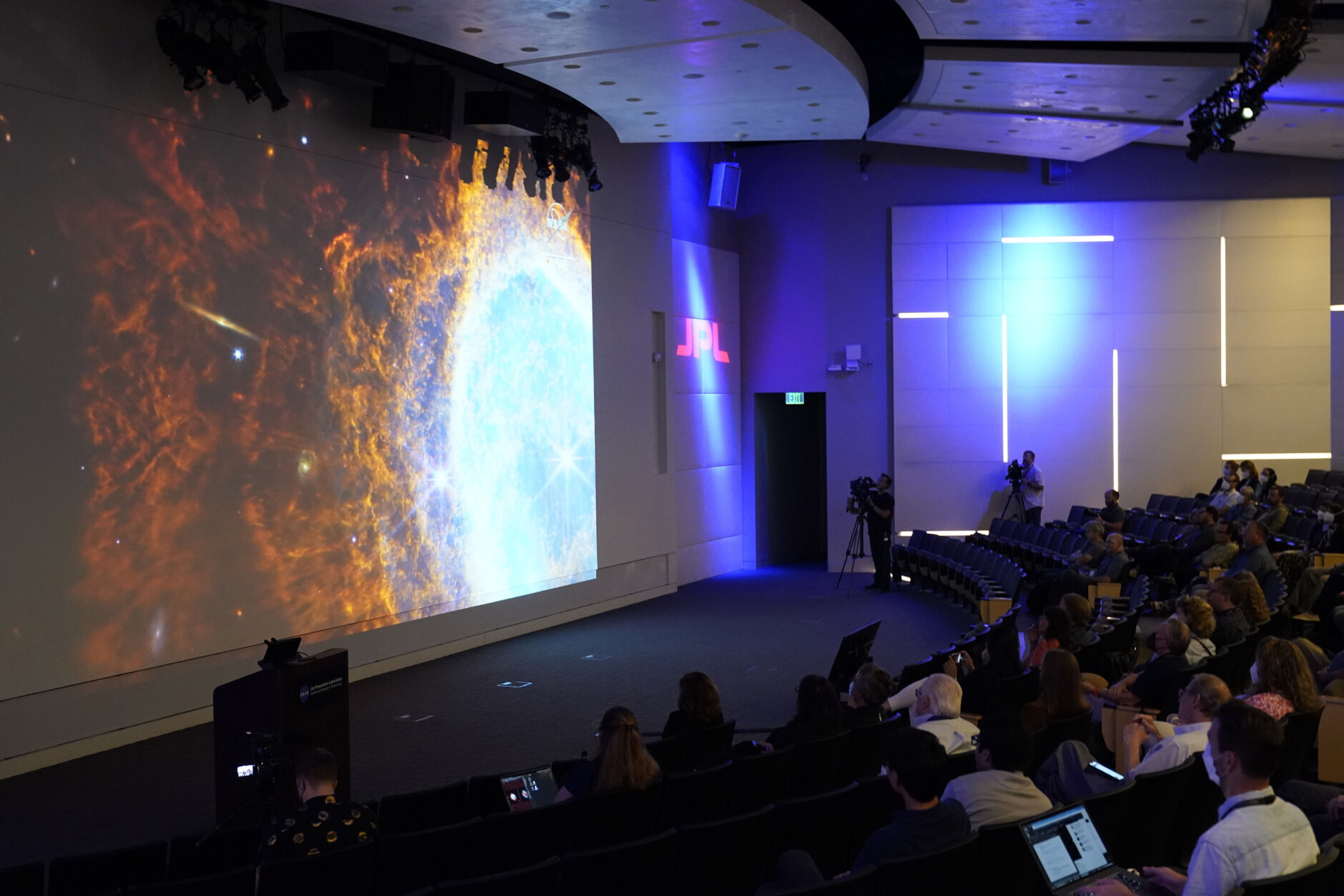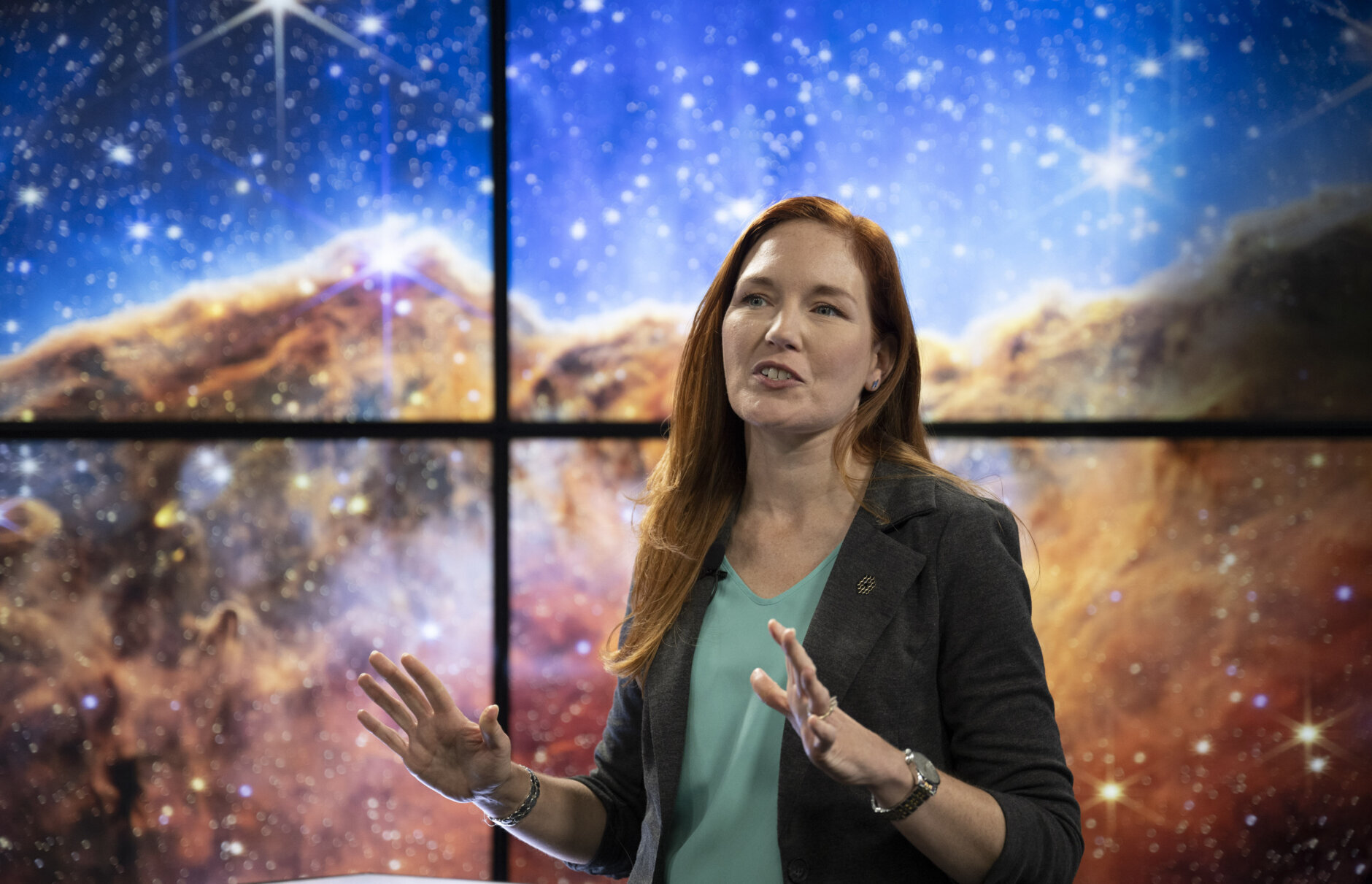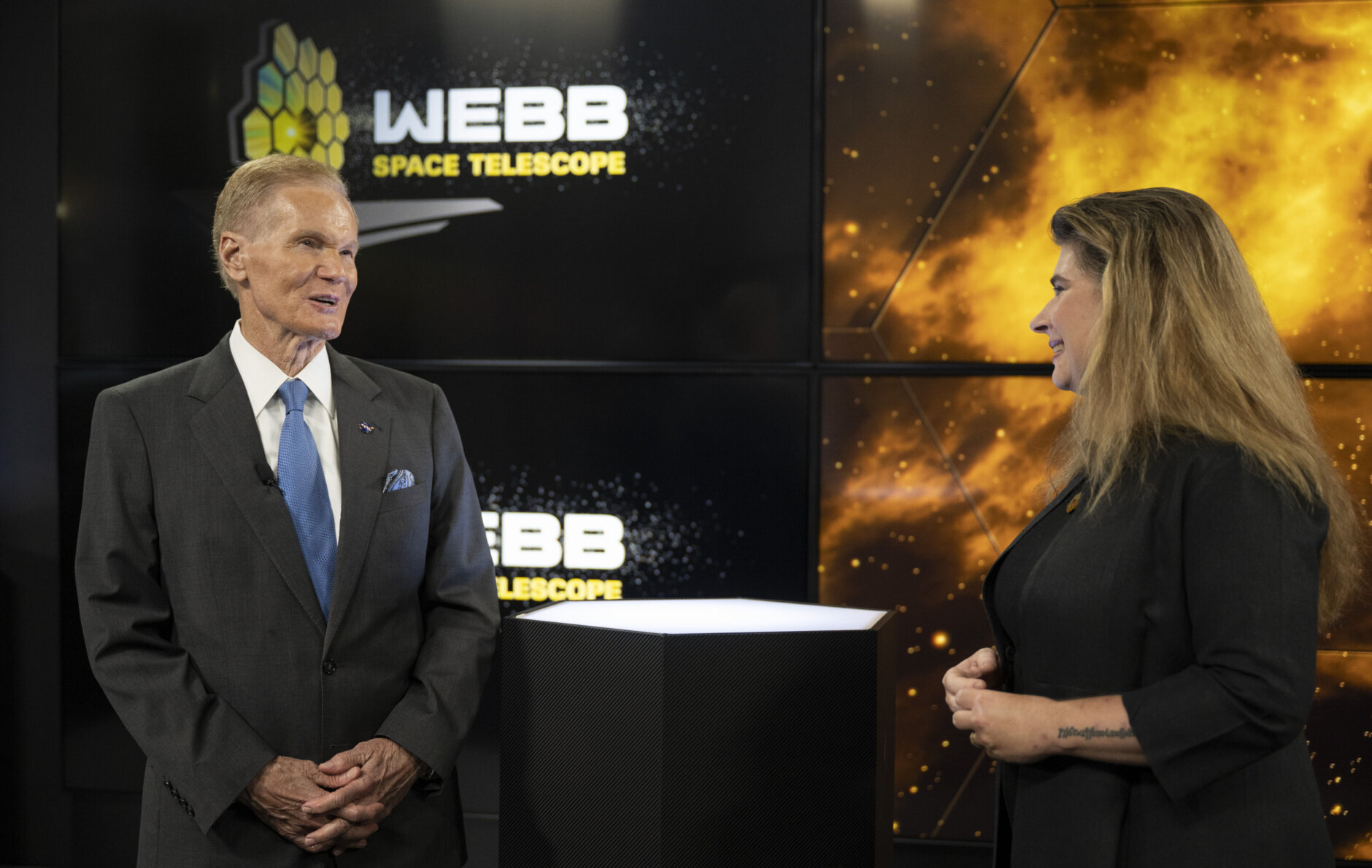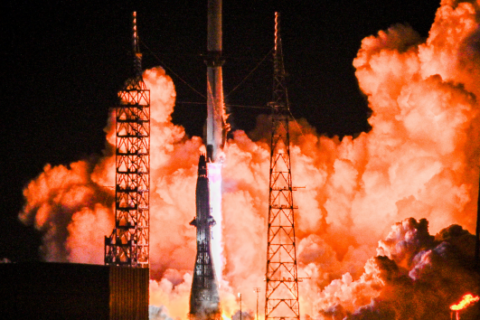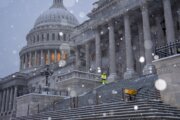The splendors of the universe glowed in new images released this week from NASA’s powerful new telescope: the $10 billion James Webb Space Telescope.
Webb’s sheer power, distant location from Earth and use of the infrared light spectrum showed cosmic views in a new light that scientists said was almost as much art as science.
See the images below.

